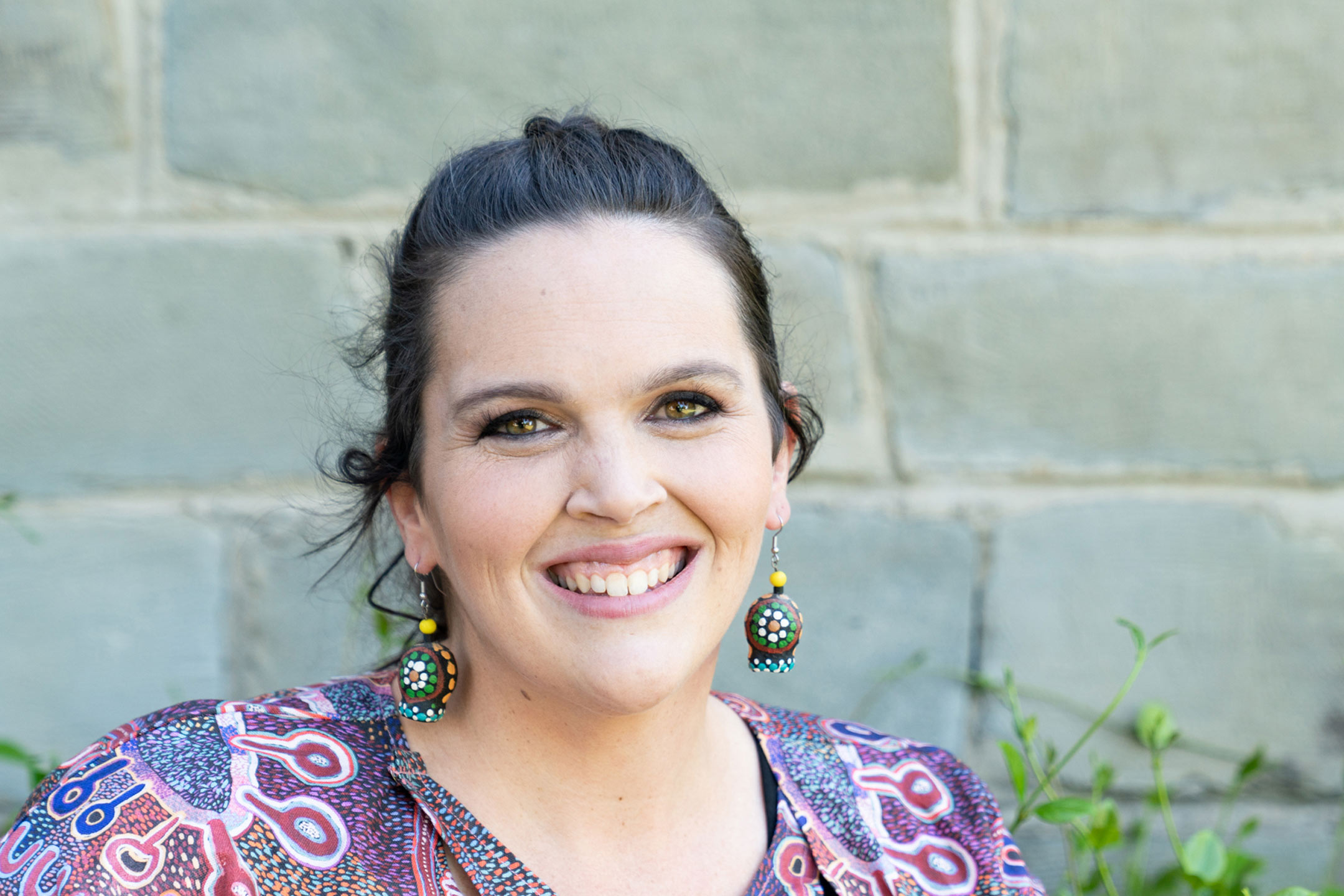
22 Jan Helping your kids understand the 26th of January
As 26th January approaches, it can be a confusing time for many Australians, writes Wiradjuri woman Jess Staines, The Koori Curriculum
If you’re a parent who grew up celebrating it as our ‘national day’ with BBQs, beers and beach, then you might have mixed feelings about the day.
For some, it’s an opportunity to celebrate. For others, it’s a day of mourning. It’s become a date loaded with debate.
So how can you talk to your kids about 26th January, so that they appreciate the historical significance of the date, without missing an opportunity to model inclusion and understanding to them?
Understanding our history.
The first piece of the puzzle is to understand the date and its meaning. 26th of January was the date the First Fleet arrived in Sydney Cove (now Circular Quay) to establish a British colony and raise the Union Jack Flag. But it was also the start of a very bloody and traumatic time for Aboriginal people, and First Nations people still live with the impact of this arrival more than 200 years on.
Depending on the age of your children, you can talk to them in an age appropriate way about the date and why many people now choose not to celebrate it. Kids are naturally curious, and will often ask questions about things they hear about – so it’s best to be ready with some answers or a willingness to learn together.
There are picture books which tell the story in a child-friendly way, or which provide a different perspective on the day and how some people recognise it, such as Day Break by Amy McQuire and Matt Chun, and The Sacred Hill by Gordon Hookey.
What’s in a name?
While many think of this date as Australia Day, some call it Invasion Day, and others refer to it as Survival Day, Aboriginal Sovereignty Day, or a Day of Mourning. There’s also talk of moving Australia Day to another date, as a gesture of respect towards First Nations people.
Explain to your kids the reasons behind these name differences and the reasons behind them, and be open in explaining there is still discussion and disagreement about the name of the day, and whether it should be moved. It’s a sign of our nation’s growth that we can have a healthy debate about the name of the day and the date of our national day.
Taking part.
You might choose to show your solidarity with your local Aboriginal community by attending Invasion Day or Survival Day events in your area.
Or you could use the day to look for First Nations content online that you can share with your children, such as videos about the date or readings from Aboriginal people of age-appropriate stories that tell of their experiences.
Whatever you choose to do, this significant date is an opportunity to educate your children about Australia’s history, and to model to them what empathy, respect and inclusion really look like.
We’ve compiled some of our favourite books to learn about the day at Koori Curriculum
Main Image: The Womens Agenda
Jessica Staines is an early childhood educator, professional speaker, author, advocate and advisor. As the founder and director of Koori Curriculum, Jessica is committed to helping educators embed Aboriginal perspectives into early childhood education. She has played many significant roles nationally and internationally in building cultural understanding, reconciliation and harmony, including as an Indigenous advisor to ABC’s Playschool.
Jessica’s family are originally from Wiradjuri country, but due to displacement have lived off-country on Gadigal and Wangal lands for four generations. Jessica is proud to be a Wiradjuri woman, and today lives on Darkinjung Country with her husband and two children.

